
In today’s hyper-competitive business landscape, the potency of customer-centric strategies is unequivocal—a decisive factor separating the trailblazers from the laggards. Businesses that prioritize delivering exceptional experiences to their customers earn nearly six times more revenue compared to their competitors. However, adopting these strategies is not without its challenges. The gap between customer expectations and the actual experiences businesses deliver has been stubbornly persistent, leading to what is now recognized as a "customer experience debt." Despite 81% of business leaders believing they meet customer expectations, only 20% of consumers feel the same, revealing a significant perception disparity. So, how can you cultivate a strategy and culture that boosts profits, encourages repeat business, and fosters lasting brand loyalty?
At the heart of this challenge lies the execution of customer-centric strategies through innovation, projects, and business initiatives to enhance customer experiences, satisfaction, and loyalty. Regardless of industry verticals, these projects or business initiatives are the building blocks for cultivating a culture centered around customers. But how do these seemingly disparate initiatives contribute to your organization’s success? Addressing these challenges requires reevaluating traditional customer experience (CX) metrics and embracing modern technology like artificial intelligence-driven predictive project management solutions. Predictive analytics bridge these gaps between customer expectations and the actual experiences, offering insights into customer behavior, predicting future trends, and personalizing the customer journey, thus enabling you, the business leaders, to craft client-centric strategies and experiences that resonate on a personal level.
In this article, let's delve deeper into how projects, coupled with the power of AI, can empower businesses to bridge the gap and execute their customer-centric strategies.
Why Are Customer-Centric Strategies Critical for Your Organization?
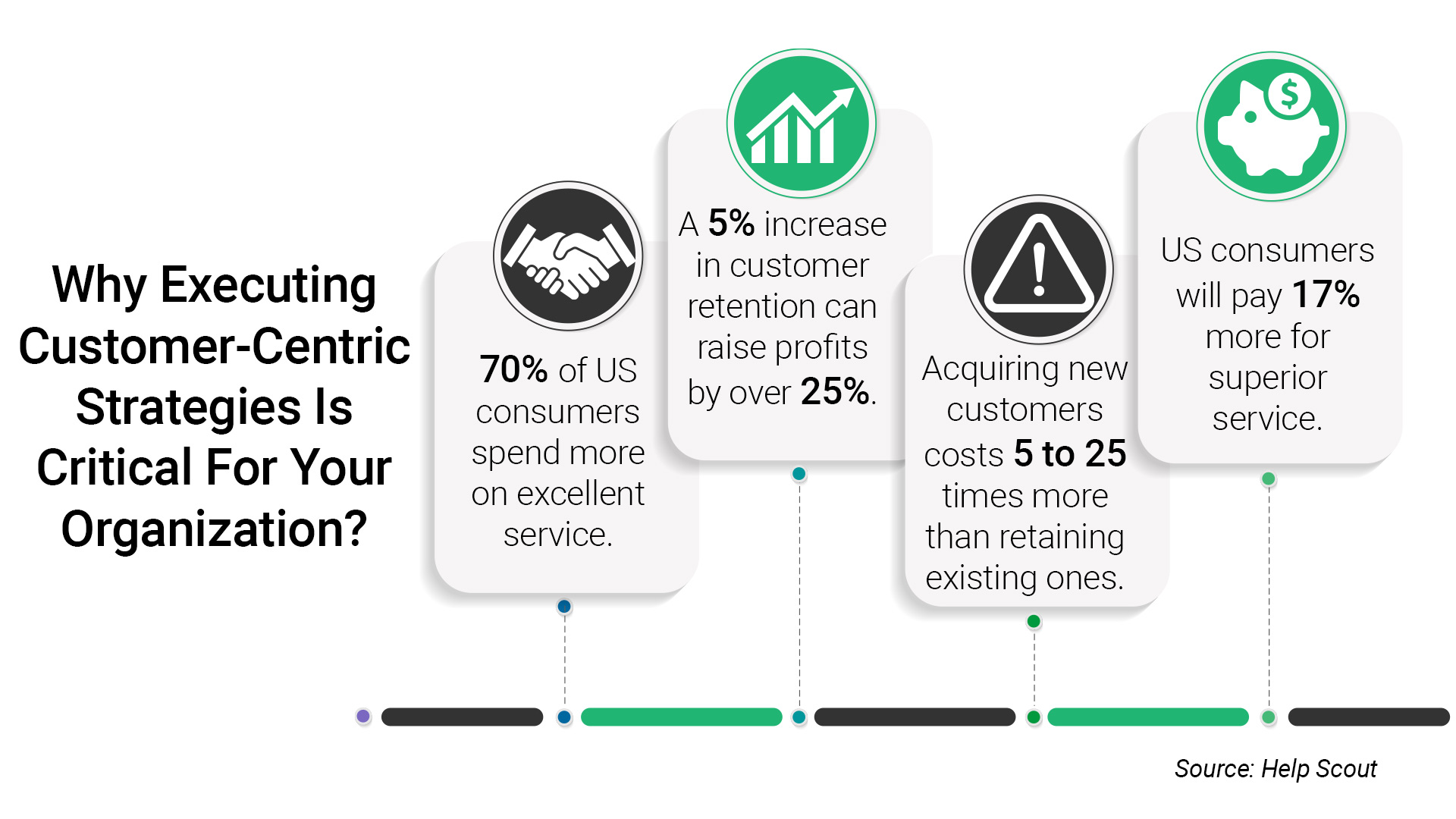
In today's hyper-competitive marketplace, customer loyalty isn't a mere choice; it's imperative. Strengthening customer loyalty and boosting business growth is critical to encouraging repeat business. After all, a customer-centric approach is the foundation of business success. Any enterprise's viability and longevity depend on its ability to attract and retain customers.
Neglecting this core principle leads companies down a dangerous path. Misaligned efforts result in initiatives nobody wants, resources wasted on irrelevant projects, and a gradual erosion of customer trust. Conversely, organizations that emphasize the execution of customer-centric strategies exemplify a starkly different narrative. Here, every team member is attuned to customer needs, fostering a culture of collaboration focused on exceeding expectations.
To make your business initiatives truly client-centric, ensure your projects meet unfulfilled customer needs, anticipate what they will want in the future, and provide a service experience that keeps customers happy and loyal to your brand.
So, how can you embark on this transformative journey? Incorporating customer-centric strategies into managing your projects empowers you to drive business success while fostering enduring customer partnerships. How do you achieve that? Here are six steps to seamlessly execute customer-centric strategies.
Mastering Customer-Centric Strategies: 6 Essential Tips for Success
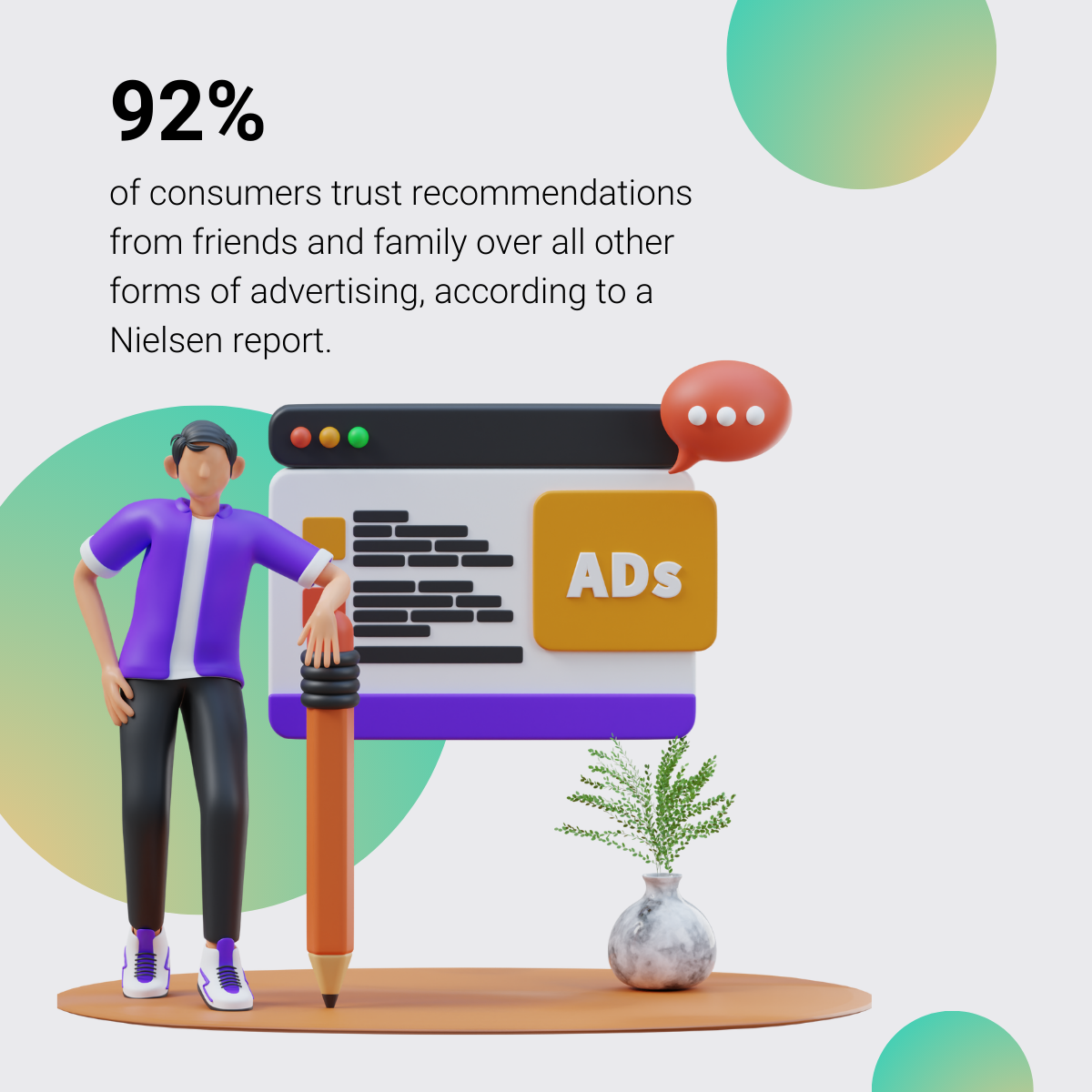 1. Prioritize Stakeholder Value
1. Prioritize Stakeholder Value
Every project or business initiative must deliver tangible value to all stakeholders involved. Beyond traditional metrics like time, scope, and budget, understanding and aligning with stakeholders' diverse objectives is paramount. As a business leader, your role extends to meticulously tracking and communicating how every project contributes to overall business goals.
2. Foster Continuous Client Engagement
From project inception to completion, nurturing active client engagement is indispensable. Transparent communication builds trust and ensures alignment with client expectations. Whether through direct interactions or indirect channels, maintaining a consistent dialogue tailored to individual preferences fosters a collaborative atmosphere conducive to project success. Predictive project management solutions enable you, the decision-makers, and stakeholders to gain crucial insights quickly and act upon them faster.
3. Implement Real-Time Feedback Mechanisms
Embrace a culture of ongoing feedback throughout the project’s lifecycle. Introducing 360-degree feedback loops early on enables swift identification and resolution of potential issues. Regular inquiries into end users' comfort levels, expectations, and information accessibility facilitate proactive adjustments, promoting smoother project execution. Utilizing predictive intelligence technology for managing projects allows your project leaders to track progress, identify real-time issues, and generate automated reports that provide valuable insights.
Additionally, you can pull real-time data analytics and customer insights, execute customer-centric strategies, save costs, and reduce risks.
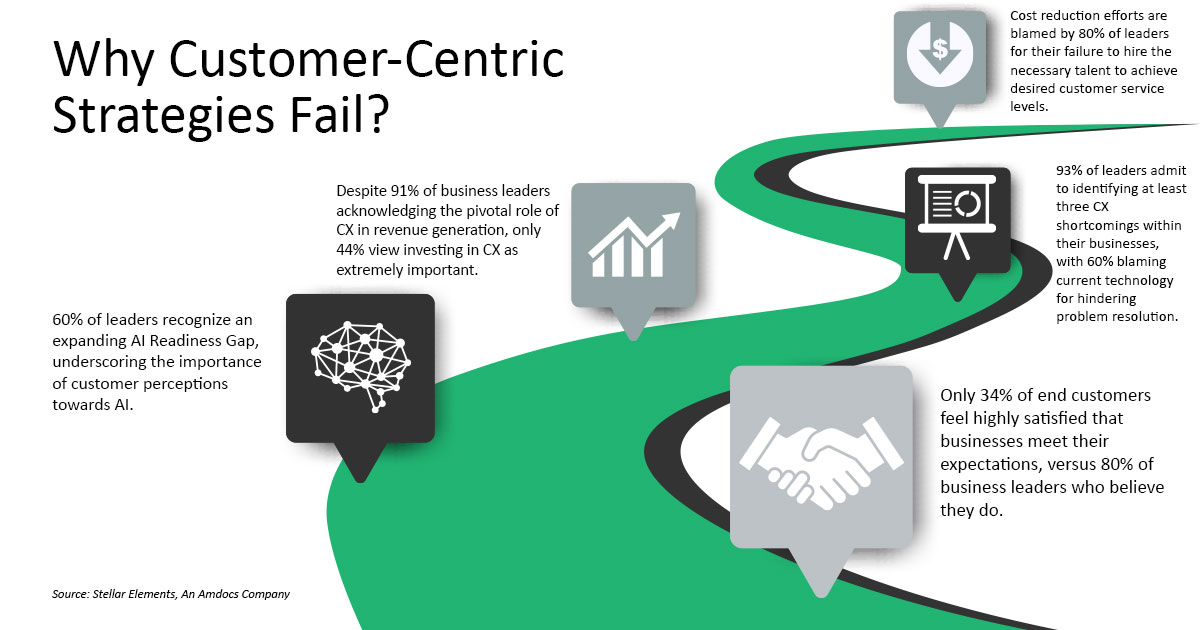
4. Cultivate Essential Soft Skills
Recognize the significance of honing soft skills such as interpersonal communication, effective listening, and conflict resolution. As underscored by Successful Projects, a project management consultancy adeptly navigating human interactions is integral to effectively managing projects. Invest in refining these skills to complement technical expertise and emerge as an exemplary leader.
5. Enhance Project Scope and Cost Management
Ensure project success by meticulously defining the scope and accurately estimating costs upfront. Active involvement in the pre-project phases enables alignment with a customer-centric approach and realistic planning. Proactively shaping project parameters based on insights and experience sets the stage for successful outcomes and customer satisfaction. Predictive project management solutions can significantly streamline this process by automating scheduling, resource allocation, and risk assessment tasks, allowing you to focus on customer-centric strategies.
6. Cultivate Customer Loyalty
Retaining loyal customers is critical to your business. While pursuing new opportunities is essential, nurturing existing relationships is equally imperative. Therefore, you must embrace AI-powered project management solutions to learn individual user behaviors and preferences, based on which you can provide tailored recommendations and insights. This will lead to more adaptive and responsive customer-centric strategies.
So, how can you take advantage of these project-oriented, customer-centric strategies for your business?
Cultivating Customer-Centric Strategies: Tips for Success
While traditional satisfaction surveys can offer a glimpse into customer sentiment, true customer-centricity demands a deeper dive.
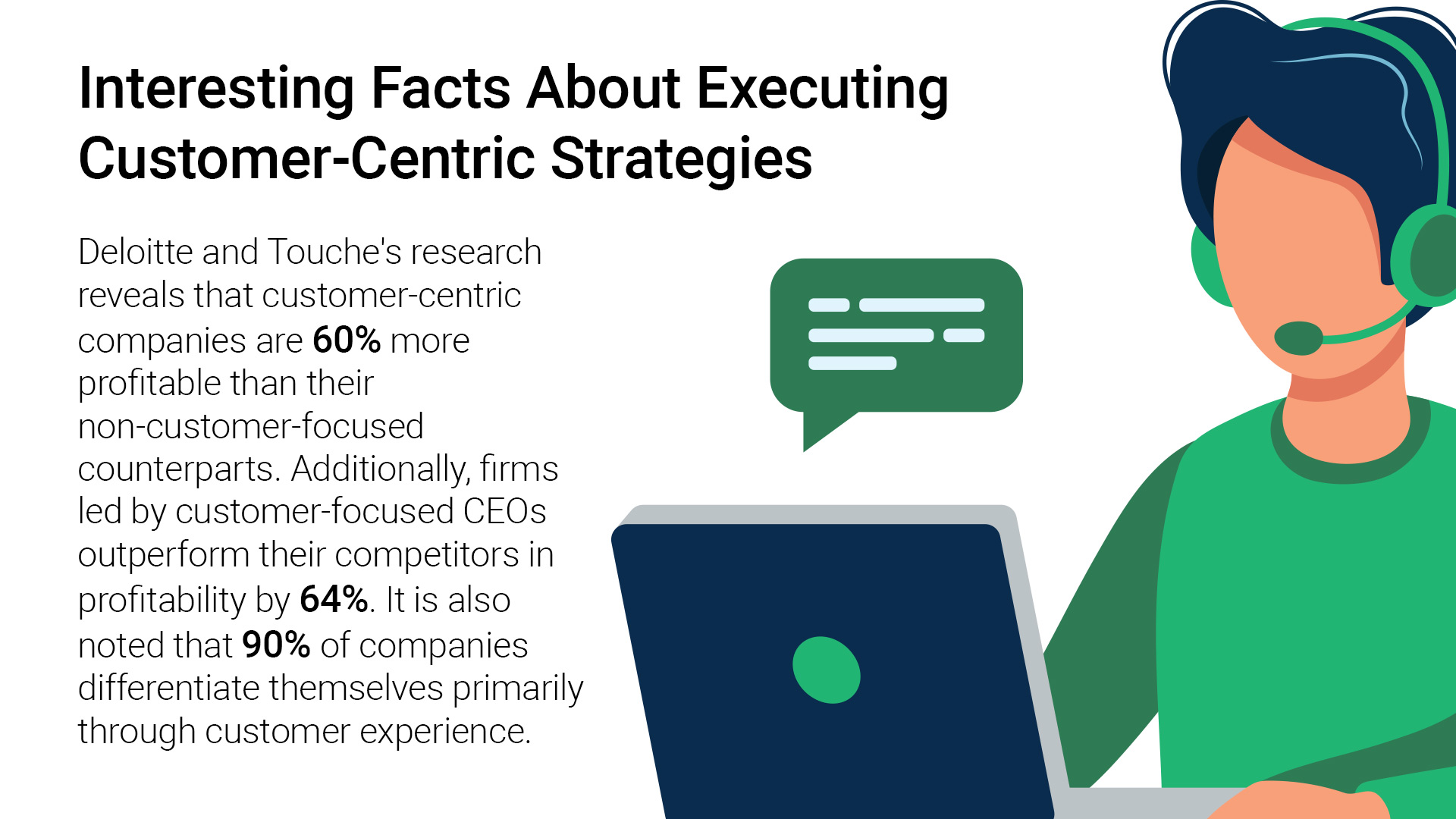
Active Listening: Move beyond generic satisfaction surveys. Listening to your customers means conducting assessments to understand their thoughts. Then, incorporate it into your projects and initiatives. Engage customers in open-ended conversations to identify the root causes of their perceptions and experiences.
Perception is Reality: Recognize that a customer's perception of your brand is their ultimate reality. Focus on closing the gap between customer expectations and their actual experiences. Apply predictive modeling to recognize valuable insights about your customers. These insights can help identify patterns, trends, and correlations, enabling you to make data-driven decisions and tailor your projects, initiatives, and offerings to meet customer expectations.
Co-Creation: Collect and consolidate customer data from various touchpoints. This includes transactional data, social media interactions, customer feedback, and more. Integrate customer perspectives into the design process for projects, products, services, experiences, and physical environments.
Customer Journey Mapping: Predictive analytics solutions powered by AI enable you to anticipate customer needs and preferences. This enables you to develop a customer journey map and customer-centric strategies to visualize your customers' interactions with your company across all touchpoints. You can pinpoint areas where you meet or exceed expectations and opportunities for improvement.
Empowered Customers: Develop customer-centric strategies aligned with your business and brand strategy. Tailor projects to customer requirements, increasing customer satisfaction.
Fostering a customer-centric organization benefits more than just the customers; it enables employees to exercise sound judgment and perform optimally. Thus, adopting customer-centric strategies serves as both an approach to expansion and a foundation for cultivating a robust organizational culture. Are you one of those companies continually seeking innovative ways to enhance customer-centric strategies and foster long-term loyalty? Look no further than predictive intelligence as your powerful partner in this process.
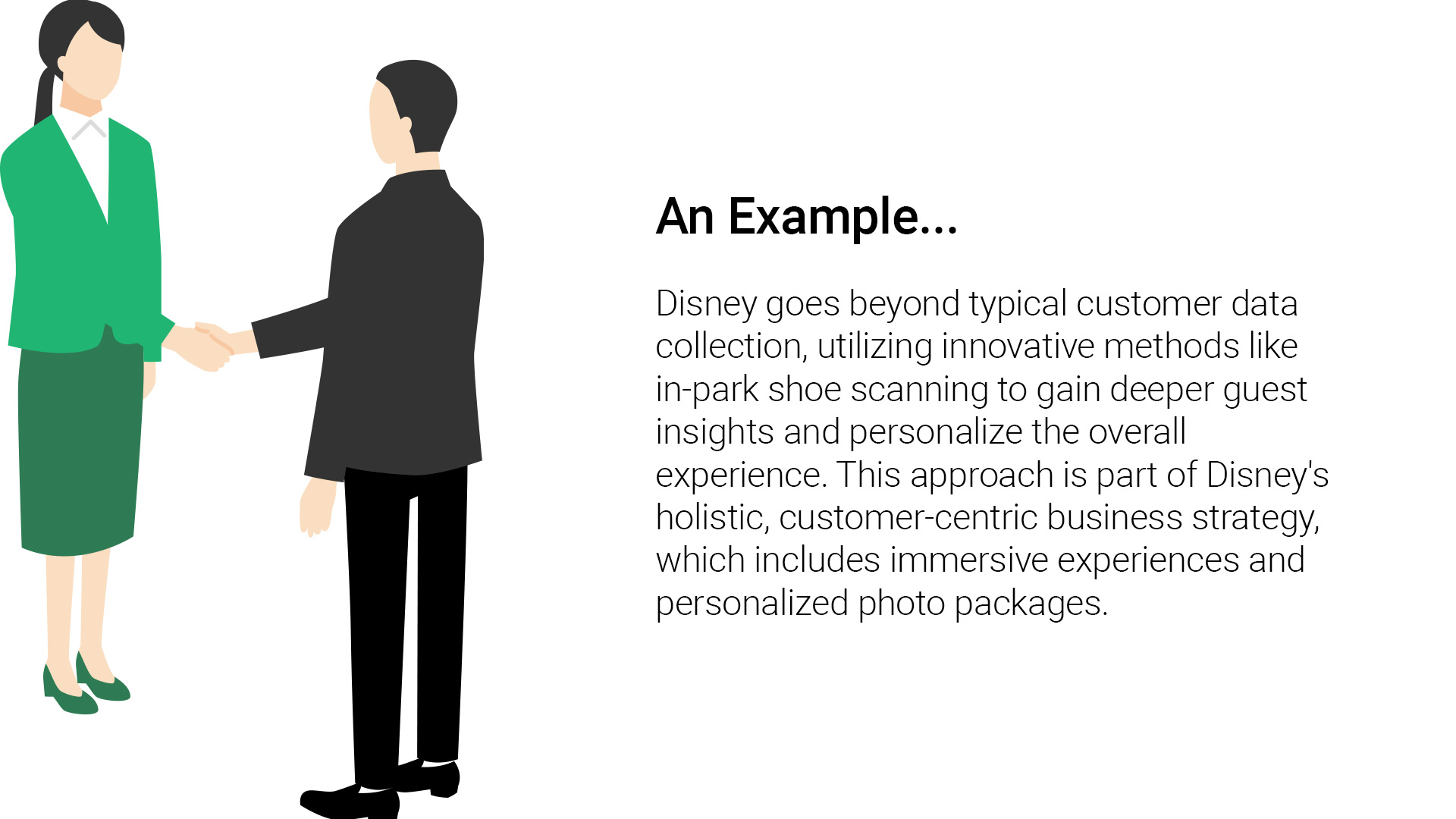
Best Practices for Implementing Predictive Intelligence in Your Customer-Centric Strategies
Elevate Your Customer-Centric Strategies with AI-Human Synergy
Integrating AI with human expertise enables 24/7 support, improving efficiency without sacrificing quality. Technology handles routine tasks, while humans address complex issues with empathy and personalization.
Embrace Ongoing Enhancement
Assess predictive intelligence technology’s performance regularly and incorporate user feedback to refine and optimize its capabilities. Use insights from data and customer responses to drive enhancements in user interactions.
Prioritize Quality Data
The quality of data directly impacts predictive analytics’ accuracy and effectiveness. Diverse, well-maintained datasets ensure that advanced technology meets varied customer needs and reduces bias.
User-Centric Design
Ensure smooth navigation and positive experiences for all users, regardless of abilities. Continuous feedback and improvements are crucial to maintaining customer satisfaction and loyalty.
What’s the Way Ahead?
Embracing customer-centric strategies bolstered by the innovative power of AI represents more than a tactical move; it's a transformative journey toward redefining business excellence. By leveraging artificial intelligence to bridge the gap between customer expectations and actual experiences, businesses address the immediate 'customer experience debt' and unlock a sustainable and competitive growth, satisfaction, and loyalty paradigm. This approach demands a commitment to continuous improvement, a culture that values customer insights at every level, and the integration of AI-driven predictive intelligence to navigate the complexities of today's market dynamics.
Looking for a one-stop solution for executing your customer-centric strategies? TrueProject has it all. TrueProject, a KPI-based predictive project management SaaS solution that improves project health and performance, ensures your decisions are guided by accurate, actionable data, aligning your strategies with the ultimate goal of customer satisfaction. TrueProject’s advanced warning, predictive intelligence, and AI empower you to explore the nuances of your projects and initiatives, pinpointing areas that demand focus to enhance customer experiences. This profound insight enables you to refine your project management methodologies, reduce risks, and achieve outcomes that resonate deeply with your customers' needs and expectations.
The time for deliberation is over. Now is the time to implement and empower your customers, for they are the cornerstone of your sustainable success.
 About the Author:
About the Author:
Nivedita Gopalakrishna is a content marketing specialist within the TrueProject Marketing team with extensive experience in blog writing and website content creation across diverse industries. Nivedita’s proficiency in crafting engaging blog posts and informative website content is a testament to her years of experience. Beyond her prowess in written communication, Nivedita has a knack for creating visually appealing static graphics that have played a pivotal role in expanding TrueProject's marketing efforts. Through thoughtful design choices, she has helped convey the essence of the brand and captivate audiences effectively. Outside the professional sphere, Nivedita is a trained classical singer and a fitness enthusiast, embodying creativity and wellness in and out of the office.
Endnotes:
- Yohn, Denise Lee. “6 Ways to Build a Customer-Centric Culture.” Harvard Business Review, October 02, 2018. https://hbr.org/2018/10/6-ways-to-build-a-customer-centric-culture
- Johnson, Ben. “8 Tips for Becoming a Customer-Centric Organization.” HubSpot, (n.d.). https://blog.hubspot.com/service/customer-centric
- Hinshaw, Michael. “Designing Your World Around Your Customers’ Experiences.” McorpCX, June 21, 2023. https://www.mcorpcx.com/resource-center/articles/9-ways-to-be-more-customer-centric
- “The 6-Step Guide to Customer-Centric Project Management.” Kantata, May 19, 2023. https://www.kantata.com/blog/article/the-6-step-guide-to-customer-centric-project-management
- “6 Proven Strategies for Building a Customer-Centric Company.” Help Scout, September 23, 2022. https://www.helpscout.com/playlists/customer-centricity/
- “HOW TO CREATE A CUSTOMER-CENTRIC STRATEGY FOR YOUR BUSINESS.” SuperOffice CRM, 22 January, 2024. https://www.superoffice.com/blog/how-to-create-a-customer-centric-strategy/
- “A Roadmap to Developing the Best Customer-Centric Al Application in 2024.” Artkai, (n.d). https://artkai.io/blog/roadmap-to-building-ai-apps
- Shah Dhawal. “5 Customer-Centric Approaches That Makes Sense.” 2Stallions. November 8, 2023. https://2stallions.com/blog/5-customer-centric-approaches-that-makes-sense/





